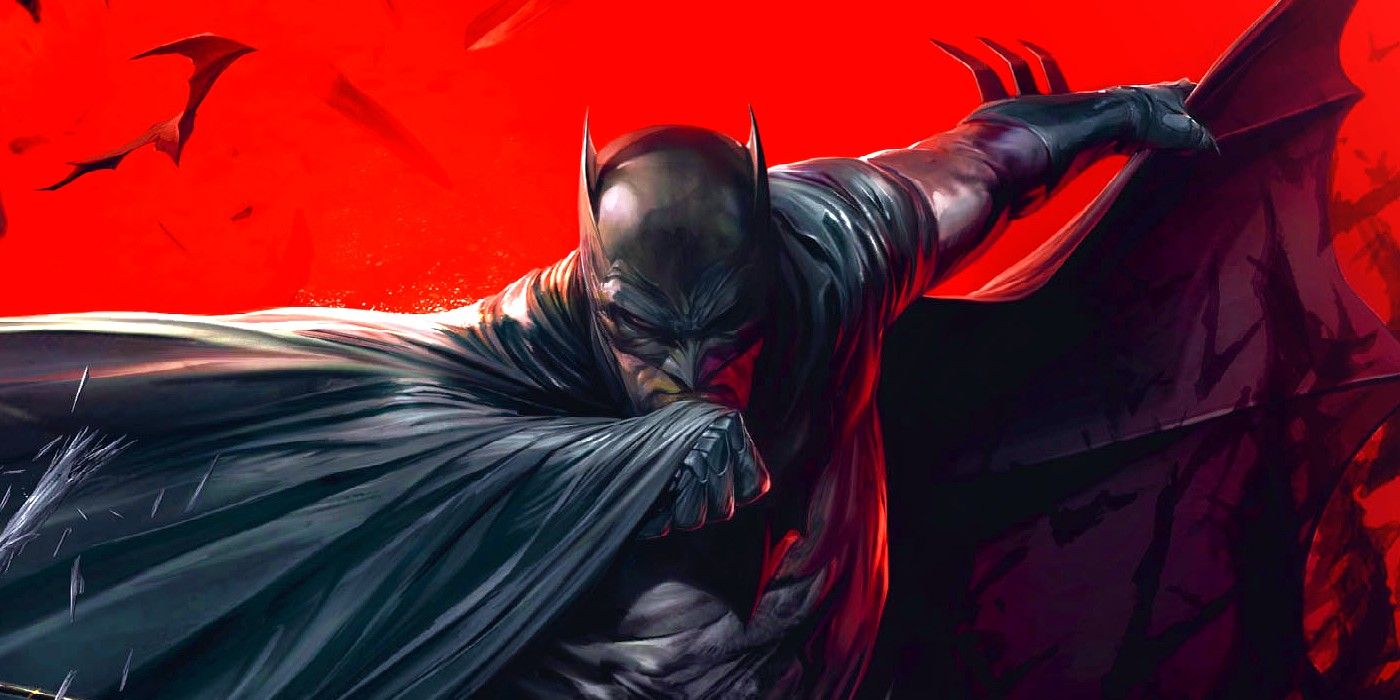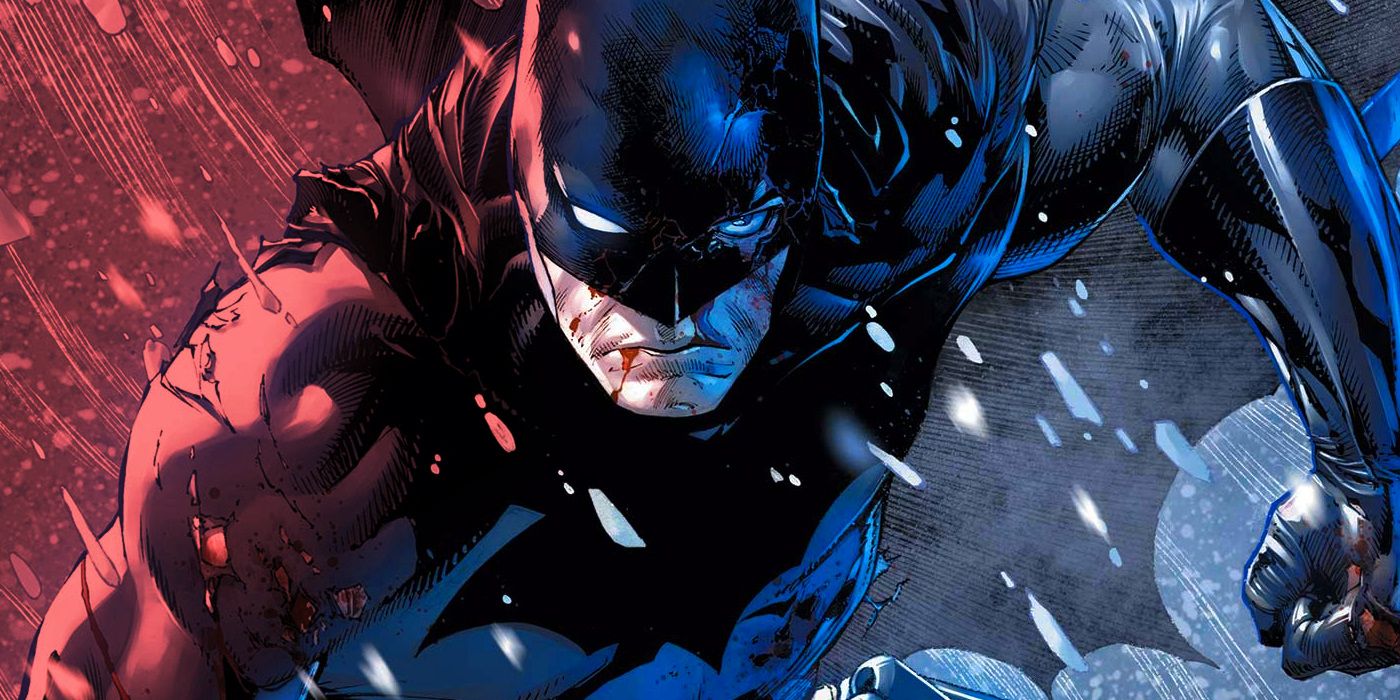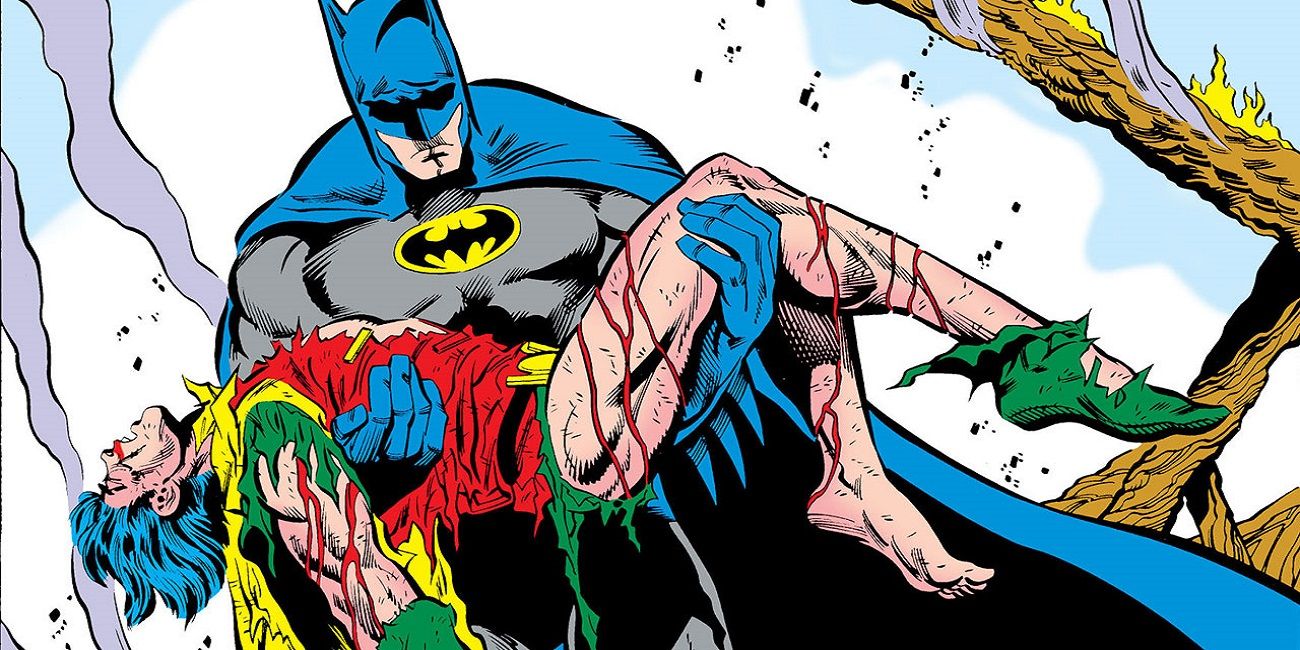Batman’s greatest weakness in DC History may be his one rule: no killing. Bruce Wayne’s no-killing rule, while it reinforces his moral code from time to time, it's also used against him by his enemies. Could Gotham be a better place if Batman chose to reflect a more utilitarian killing policy for villains such as the Joker?
Batman’s no-killing rule has been explored by many different writers in many different scenarios. In Darwin Cooke’s Batman: Ego, the defining principle of Batman is explained to be his no-kill rule. But it is important to note that Batman has not always followed this code. In the beginning of Batman in the 1940s, Batman did not have a strict no-kill policy. In fact, the Batman killed several people in his first ever appearance. This rule would be defined as time went on and come into play a bit more during the 1980s to the 1990s.
Another factor to note is that Batman seems like he is against direct action that will result in death. What Batman does not seem opposed to, however, is critically injuring a villain. In recent years, Batman did critically injure KG Beast after Beast shot Dick Grayson in the head. While KG Beast survived, the actions that Batman took during that fight do come into conflict with the famous no-kill rule.
Batman’s no-kill rule can seem flexible in some settings. But the stricter versions of the rule limits Batman. While it’s fair to say that in terms of Bruce Wayne’s morality, it is a strength and not a weakness. But in a practical setting, it can be seen as a downfall. The question has to be posed: Would Gotham be better off without the Joker? The commonsense answer is yes; while it would be nice for the Joker to be reformed, how many people must die before that happens? Is the life of one person more important than the lives of hundreds. It comes down to a reader’s sense of utilitarianism.
Batman’s no-kill rule has put his family in danger time and time again. Scott Snyder’s The Death of the Family explored Batman putting his no-kill rule first above his loved ones. In The Death of the Family, the Joker challenges the foundations of the Bat-Family by going after each member of the Batclan in a twisted game. At the climax of the book, the Joker sees Batman’s choice to never permanently end him as a sign of love. The Joker points out that Batman could end it, and protect his family. This is a true weakness: Batman could save his family, but the morality of not killing exposes his loved ones to potential threats.
This no-killing rule has had a ripple effect on other people, too: Two-Face injuring Dick Grayson in his early days as Robin, the paralyzation of Barbara Gordon, the deaths of Jason Todd, Gotham Commissioner Sarah Essen, and countless others. The no-killing rule is a weakness that affects Gotham and its citizens. Batman should not kill every villain or person he comes upon that is committing a crime. It is a poor reflection of this complex character to say that every death is a win for justice. But it is accurate to say that the knowledge that Batman will not kill is a weakness seen by other characters in DC’s long history, and it has been exploited.
Batman’s no-kill rule is the foundation of his character, but has put him in great perils. Batman’s greatest weaknesses such as his humanity, vulnerability, and moralities - while weakening him - are also his greatest strengths. Batman is not a one-dimensional character, which is what has always made his history and stories in DC Comics’ the greatest.



